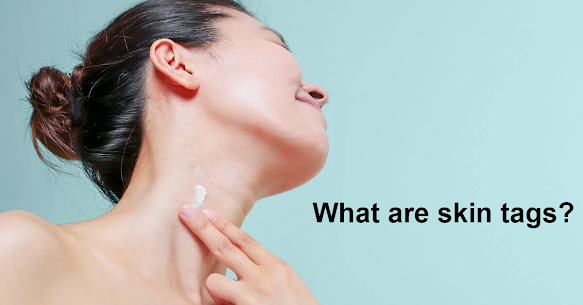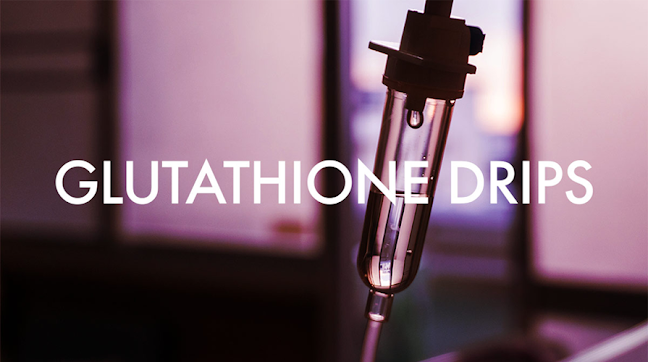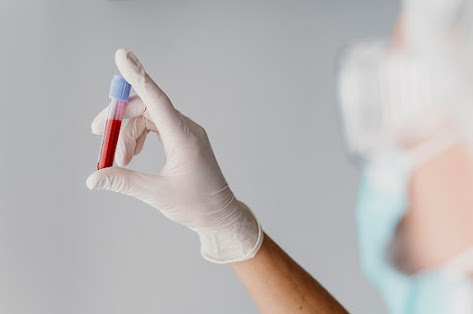What are skin tags?
Skin tags are often not a concern, but it’s essential to see a physician if you observe any changes in size, color, or form, or if you have several skin tags. For clinical or cosmetic purposes, they could advise getting rid of the skin tag. A healthcare practitioner can perform skin tag removal, a straightforward process employing a variety of techniques, like cutting, freezing, tying, or electrosurgery.
Understanding Skin Tags and Moles: Why They Should Be Removed
Usually, skin tags are not harmful and pose no health risks. Yet, if they are in a visible or sensitive place, they may be irritating or ugly. Skin tags or moles can occasionally itch or bulge, which can be annoying or uncomfortable. Skin tags can grow bigger and itch more if they are in places where they are often rubbed against clothes or jewelry.
A skin tag may bleed in rare circumstances if it becomes twisted or inflamed, but this is uncommon. In order to rule out any underlying medical concerns, it’s also crucial to see a healthcare provider if you have several skin tags or a skin tag that varies in size, color, or shape.
Skin tags can be viewed as unattractive from an aesthetic perspective and may impact one’s self-esteem, particularly if they are present in a visible place. They can easily be treated if desired, but they are not major medical condition.
In Singapore, a variety of beauty services are provided by professionals, such as facials, hair removal, body sculpting, and mole and tag removal. The experts in Singapore offer their customers high-quality, individualized skin treatments by combining conventional methods and contemporary technologies for mole removal.
Removing Skin Tags and Moles: Common Techniques and Best Practices
Skin tags are often not harmful, although they can be bothersome or ugly. There are a few techniques you may attempt if you want to get rid of a skin tag:
- Cutting: In this technique, the skin tag is cut out at the base using a pair of sterile scissors. Prior to and following the operation, clean the area with rubbing alcohol or a disinfectant solution. While using this procedure, there may be some minor bleeding, so be sure to wrap the wound right away.
- Freezing: In this treatment, the skin tag is frozen with liquid nitrogen or a cold spray, which causes it to come out in a few days. A medical expert should perform this at its finest.
- Tying: In this practice, the blood supply is cut off by tying a tiny thread or piece of dental floss around the base of the skin tag, causing it to drop off after a few days.
- Over-the-counter remedies: A variety of over-the-counter remedies, including creams, gels, and solutions, are available to effectively eliminate skin tags. Follow the directions precisely, and if you feel any irritation or discomfort, stop using the product.
It’s important to keep in mind that you should get professional advice before attempting to remove skin tags if they are growing, changing colour or size, or if you have several of them. Also, it’s always advisable to see a medical expert if you have any color or
questions about removing a skin tag.
Professional treatments for skin tag removal and mole removal
There are various techniques a physician might adopt to remove skin tags if you prefer that route:
- Cryotherapy: This method includes freezing the skin tag with liquid nitrogen, which causes it to drop off in a few weeks.
- Electrosurgery: In this procedure, the skin tag is burned off using an electric current.
- Excision: In this technique, the skin tag is extracted using a scalpel or surgical scissors. Before the operation, a local anesthetic will be used to numb the area.
- Ligation: This technique involves tying a thin thread or suture tightly around the skin tag’s base to cut off its blood supply and cause it to break out in a few days.
Your doctor will prescribe the best course of action for you after examining the size, position, and quantity of skin tags you have, in addition to your overall health and medical history. They will also be able to help you with any post-operative care that may be necessary, such as keeping the region clean and dry or applying antibiotic cream.
Post-Removal Care: How to Handle It?
The prevalent practice of removing moles can be done for either clinical or cosmetic purposes. To encourage healing and avoid infection after mole removal, the treated region has to be well cared for. These are some general instructions for taking care of moles:
- Maintain cleanliness: keep the area around the mole dry and clean. Twice daily, gently wash the area with warm water and mild soap, then pat it dry with a fresh towel.
- Use a bandage: To prevent irritation and infection, your medical practitioner can advise dressing the treated area with a bandage. Every day, or as instructed, replace the bandage.
- Don’t wet the area: For at least twenty-four hours after the operation, don’t soak the area that was treated with water. This involves taking a swim, a bath, or enjoying a hot tub.
- Keep out of the sun: For at least six weeks following the operation, keep the treated region out of the sun. This entails wearing broad-spectrum sunscreen with an SPF of 30 or greater and covering the region with clothes or a bandage.
- Avoid picking at the scab: When the treated area heals, a scab will naturally grow on top of it. Avoid picking at the scab, as this can slow down healing and raise the possibility of infection.
- Pay attention to the infection indications: Keep an eye out for infection indicators such as pus, edema, or redness around the treated area. Please get in touch with a medical expert right away if you notice any infection-related symptoms.
- Follow-up appointments: To ensure adequate healing, follow all post-operative instructions given to you by your doctor or nurse and show up at all planned follow-up sessions.
Everyone’s recovery process differs from one another, so be sure to heed any special care recommendations given by your healthcare provider. Talk to your physician if you have any questions or concerns about how to treat the region where a mole was removed.
Many skin care institutions, apart from treatment, offer professional training classes for anyone interested in pursuing a career in the beauty business in addition to their salon services in Singapore. Skincare agencies in Singapore offer training programs with skilled instructors that offer practical instruction and mentorship in subjects including skincare, microblading, and lash extensions.
Overall, in Singapore, the beauty academies are well-known for their dedication to offering top-notch service and education and have a solid reputation in the country’s beauty sector.



%20Therapy%20in%20Singapore.png)
Comments
Post a Comment